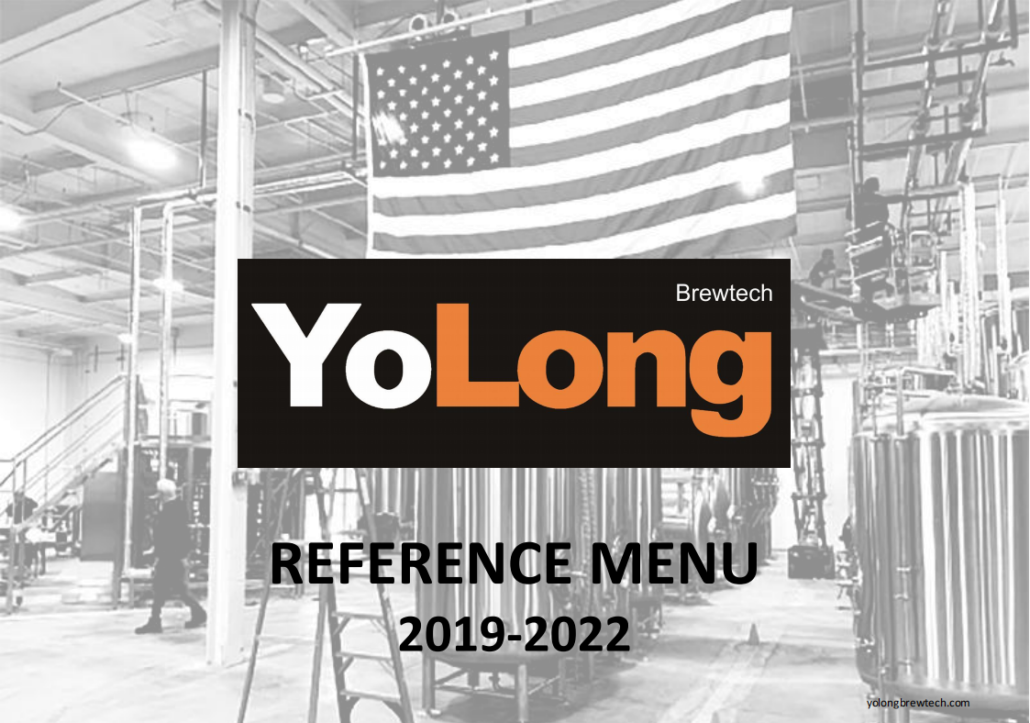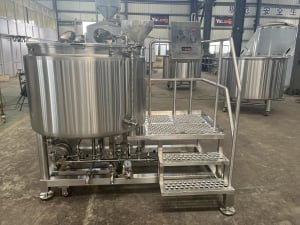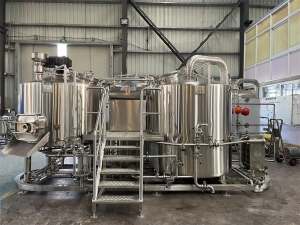Table of Contents
ToggleIntroduction
Fermentation tanks play a crucial role in various industries, particularly in brewing and winemaking. These specialized vessels provide an ideal environment for fermentation to occur, allowing the transformation of raw ingredients into flavorful beverages. Whether you’re a commercial brewer or a passionate home winemaker, having the right fermentation tanks is essential to ensure the quality and consistency of your final product. In this article, we will explore the world of fermentation tanks, their types, factors to consider when buying, popular manufacturers, and where to find fermentation tanks for sale.

Understanding Fermentation Tanks
What are Fermentation Tanks?
Fermentation tanks, also known as fermenters, are containers designed to facilitate the fermentation process in industries such as brewing, winemaking, and even biofuel production. These tanks provide an ideal environment for the controlled fermentation of raw ingredients, such as malted grains, grapes, or other fruits, by providing the necessary conditions for yeast or bacteria to convert sugars into alcohol, carbon dioxide, and other desired byproducts.
Importance of Fermentation Tanks in Brewing and Winemaking
Fermentation tanks are vital for ensuring the success and consistency of brewing and winemaking processes. They allow brewers and winemakers to precisely control factors such as temperature, oxygen exposure, and fermentation duration, which greatly influence the flavor, aroma, and quality of the final product. Additionally, fermentation tanks provide a hygienic and controlled environment that minimizes the risk of contamination, ensuring the production of safe and flavorful beverages.
Different Types of Fermentation Tanks
There are various types of fermentation tanks available in the market, each suited for specific purposes and production scales. Some common types include:
- Cylindrical Conical Tanks (CCTs): These tanks are widely used in commercial breweries and wineries. They have a cylindrical shape with a cone at the bottom, allowing for easy collection of yeast and sediment during the fermentation process.
- Open-Top Fermenters: Typically used in winemaking, these tanks have an open top that allows for better maceration and extraction of flavors from grape skins.
- Closed-Top Fermenters: Often employed in large-scale brewing operations, these tanks are sealed to prevent oxygen exposure, resulting in cleaner fermentation and reduced risk of off-flavors.
- Stainless Steel Tanks: Known for their durability, cleanliness, and temperature control capabilities, stainless steel tanks are popular in both commercial and homebrewing settings.
- Oak Barrel Fermenters: These traditional vessels add unique flavors and characteristics to wines and certain beers during fermentation. Oak barrels are commonly used for aging and imparting distinct wood-derived flavors.
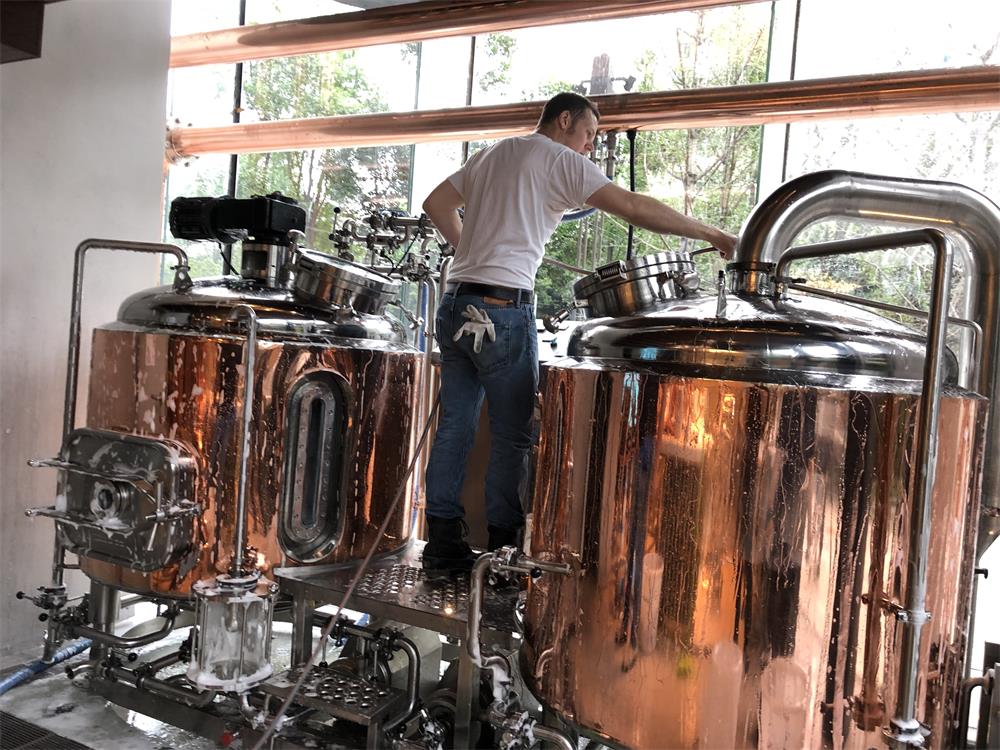
Factors to Consider When Buying Fermentation Tanks
When purchasing fermentation tanks, several factors need to be taken into account to ensure the tanks meet your specific requirements. Consider the following:
Size and Capacity
The size and capacity of fermentation tanks depend on the scale of production and available space. Assess your brewing or winemaking needs and choose tanks that provide sufficient volume for the intended batch sizes.
Material and Construction
Select tanks made from high-quality materials suitable for the beverage you are producing. Stainless steel tanks are popular due to their durability, ease of cleaning, and temperature control properties. Other materials, such as food-grade plastic or oak, may be suitable for specific applications.
Cooling and Insulation
If precise temperature control is essential for your fermentation process, consider tanks with built-in cooling systems or insulation. Temperature stability is crucial to ensure consistent fermentation and the development of desired flavors.
Accessibility and Cleaning
Easy access to the tank’s interior is vital for cleaning and maintenance. Look for tanks with wide openings, removable parts, and efficient cleaning mechanisms to minimize the risk of contamination and simplify the cleaning process.
Cost and Budget
Set a budget and compare prices from different manufacturers and suppliers. While cost is a significant factor, prioritize quality, durability, and suitability for your specific needs when making a purchase decision.
Where to Find Fermentation Tanks for Sale
If you’re looking to purchase fermentation tanks, several sources offer a wide selection of options. Consider the following:
Online Marketplaces
Online marketplaces, such as specialized brewing or winemaking equipment websites, provide a convenient platform to explore and compare different fermentation tank models and prices. You can browse a variety of options and often read reviews from other buyers.
Equipment Suppliers and Retailers
Local or online equipment suppliers and retailers that cater to brewing, winemaking, or food processing industries usually stock fermentation tanks. Visit their stores or browse their websites to find suitable tanks for sale.
Local Classifieds and Auctions
Occasionally, you may find fermentation tanks for sale through local classified advertisements or auctions. These platforms can offer cost-effective options, particularly if you’re open to purchasing used or surplus tanks.
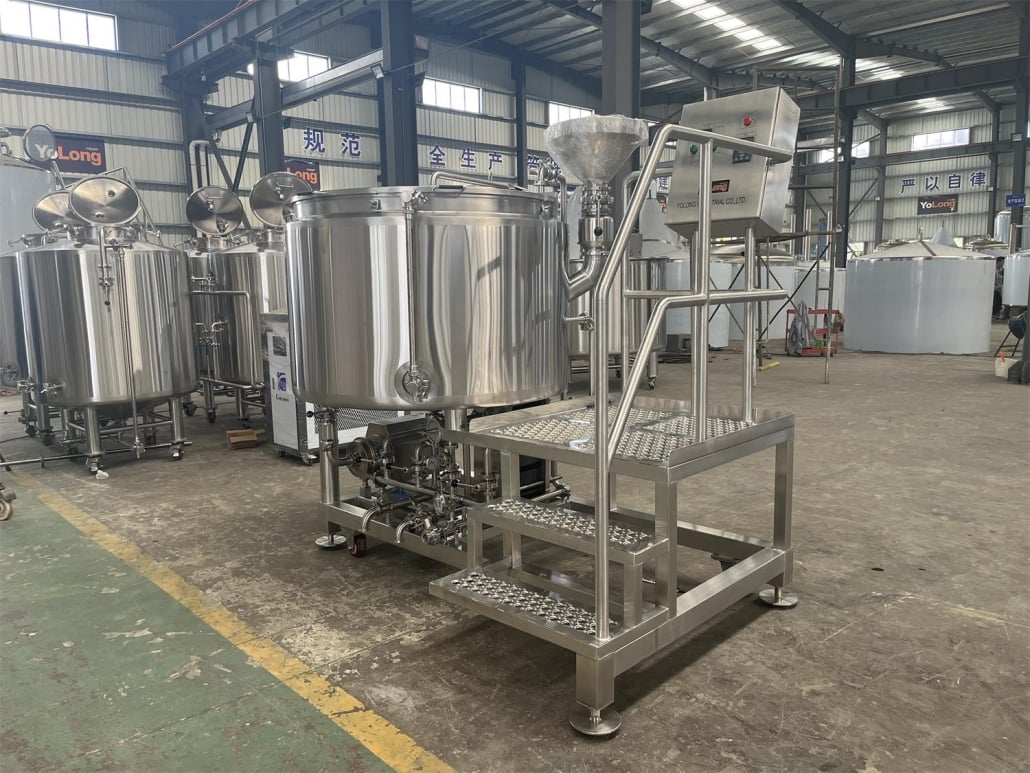
Tips for Buying Used Fermentation Tanks
If you’re considering buying used fermentation tanks, here are a few tips to ensure a successful purchase:
Inspecting the Tanks
Thoroughly inspect the tanks for any signs of damage, rust, or leaks. Pay close attention to welds, valves, and fittings. If possible, request a demonstration of the tanks’ functionality before finalizing the purchase.
Verifying Condition and Maintenance
Inquire about the tanks’ history, including previous usage and maintenance records. Ensure that the tanks have been well-maintained and are in good working condition. Ask about any repairs or modifications made to the tanks.
Negotiating the Price
When buying used tanks, it’s common to negotiate the price. Research the average market value of similar tanks and use that information to negotiate a fair price with the seller. Be prepared to compromise while keeping your budget and requirements in mind.
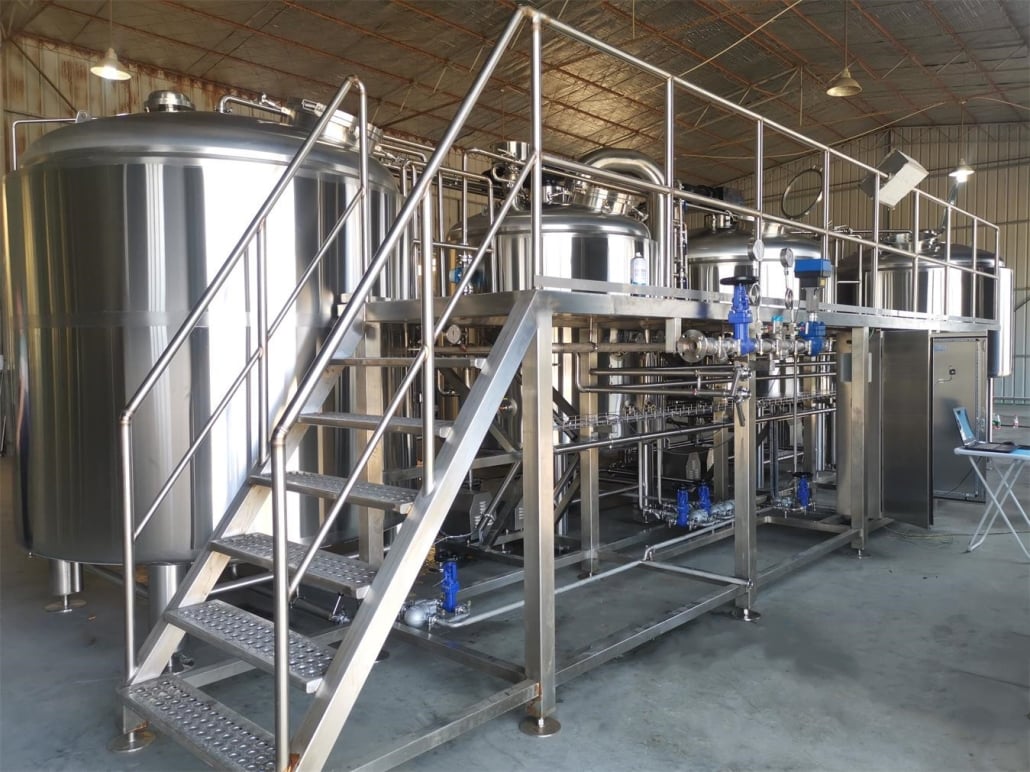
Conclusion
Fermentation tanks are essential equipment for brewers and winemakers, providing the ideal environment for controlled fermentation and ensuring the quality and consistency of the final product. When purchasing fermentation tanks, consider factors such as size, material, cooling capabilities, accessibility, and cost. Reputable manufacturers offer a range of options to suit different needs, and you can find fermentation tanks for sale through online marketplaces, equipment suppliers, and local classifieds. If buying used tanks, inspect them carefully, verify their condition and maintenance history, and negotiate the price to ensure a successful purchase.
By investing in the right fermentation tanks, you can enhance your brewing or winemaking process and produce exceptional beverages that delight your customers or guests.
FAQs
Can fermentation tanks be used for other purposes besides brewing and winemaking?
While fermentation tanks are primarily used in brewing and winemaking, they can also be utilized in other industries that involve fermentation processes, such as biofuel production or the creation of fermented food and beverages.
How long do fermentation tanks last?
The lifespan of fermentation tanks depends on various factors, including the quality of materials, maintenance practices, and frequency of use. Well-maintained tanks can last for many years, even decades.
Can fermentation tanks be customized to meet specific requirements?
Yes, many manufacturers offer customization options to tailor fermentation tanks to specific requirements. This may include modifications to the size, fittings, or additional features to enhance functionality.
Are fermentation tanks easy to clean?
Fermentation tanks designed with accessibility and cleaning in mind can be relatively easy to clean. Tanks with wide openings, removable parts, and efficient cleaning mechanisms simplify the cleaning process and help maintain hygiene standards.
What is the average price range for fermentation tanks?
The price range for fermentation tanks can vary significantly depending on factors such as size, material, features, and the manufacturer. Generally, prices can range from a few hundred to several thousand dollars per tank, with larger or specialized tanks being more expensive.

